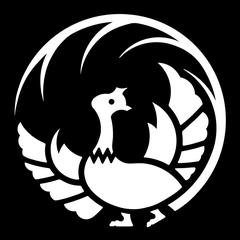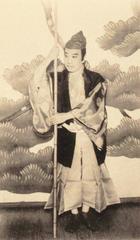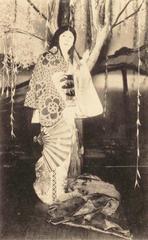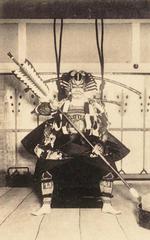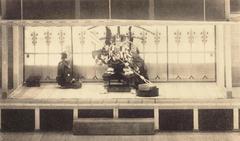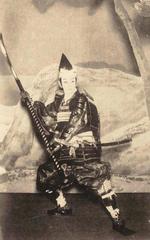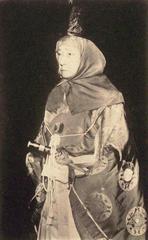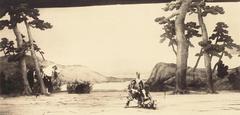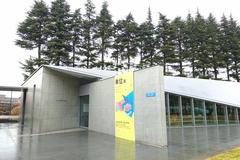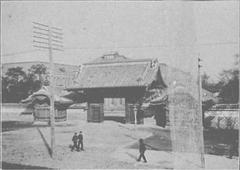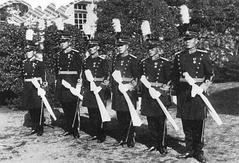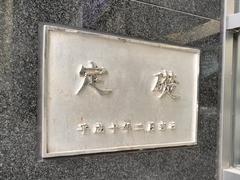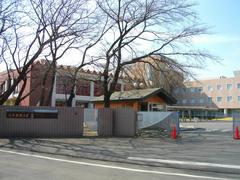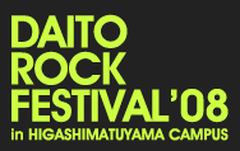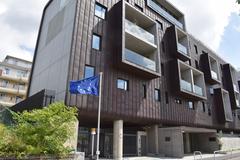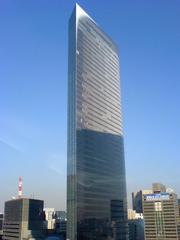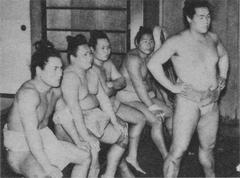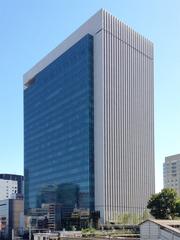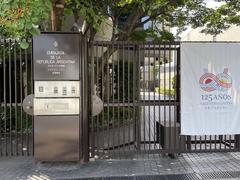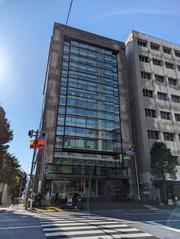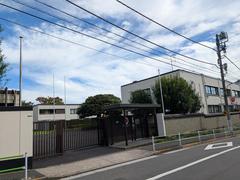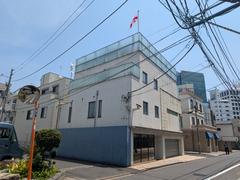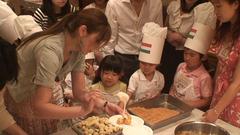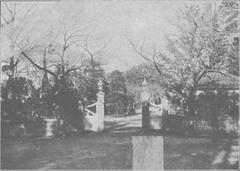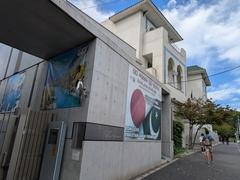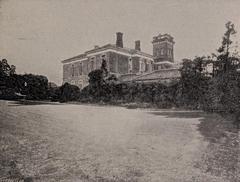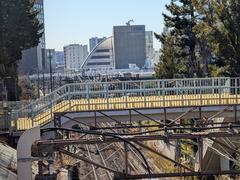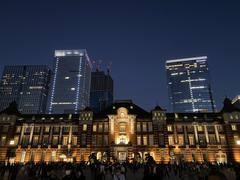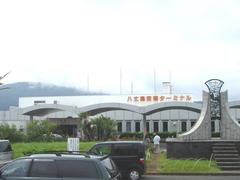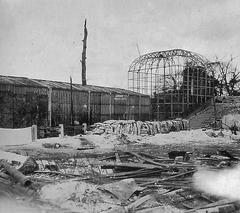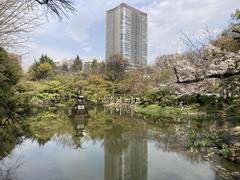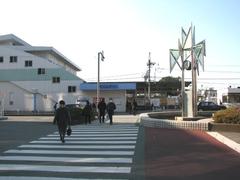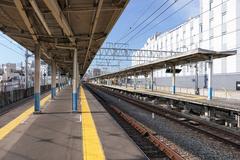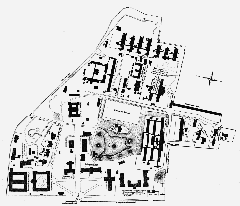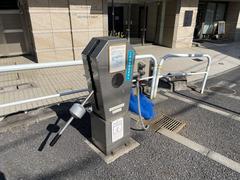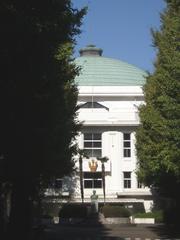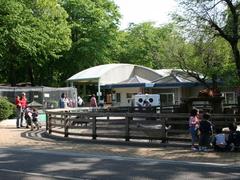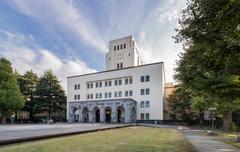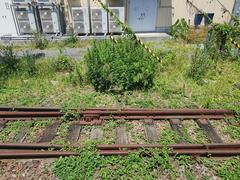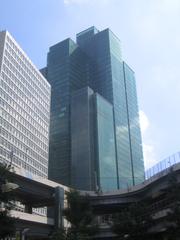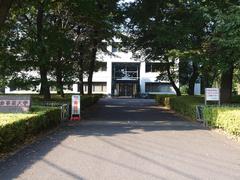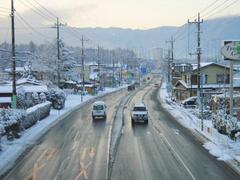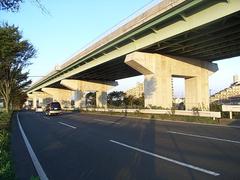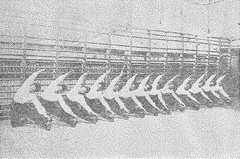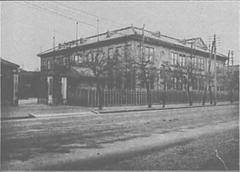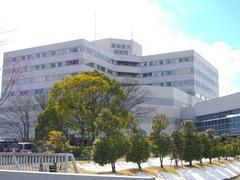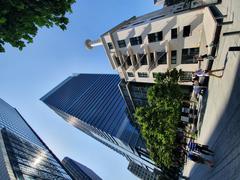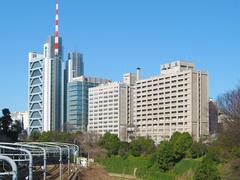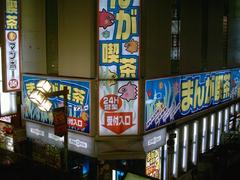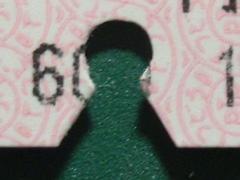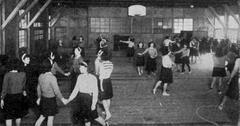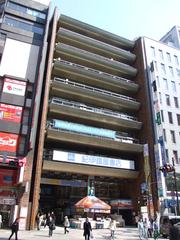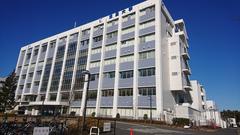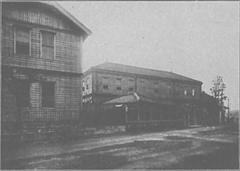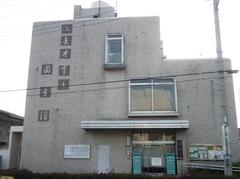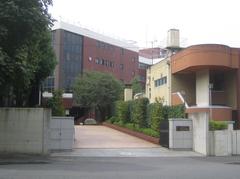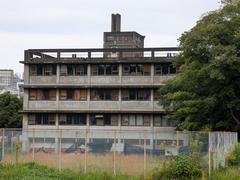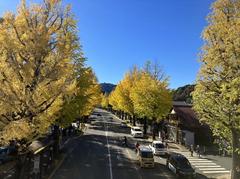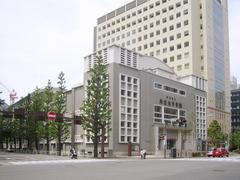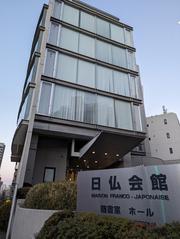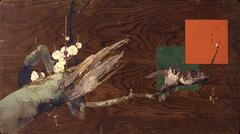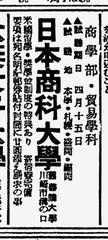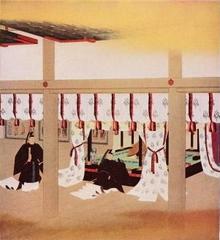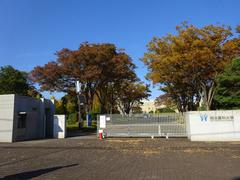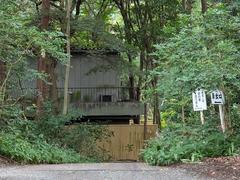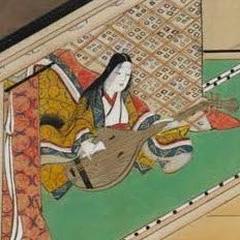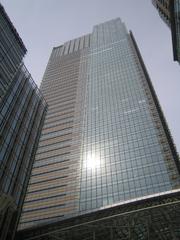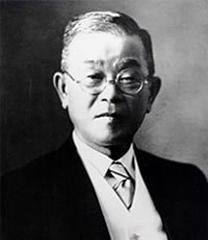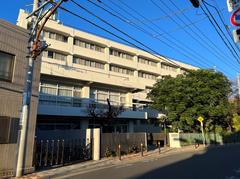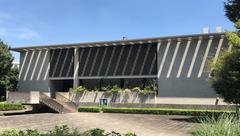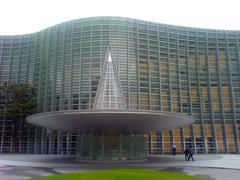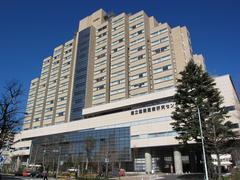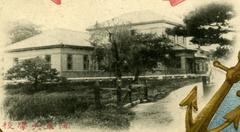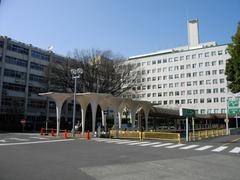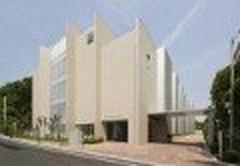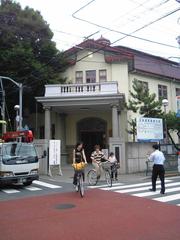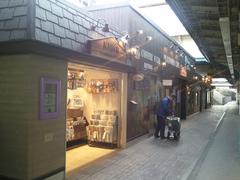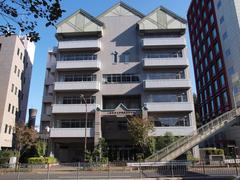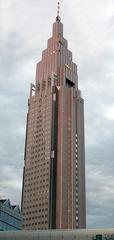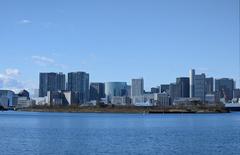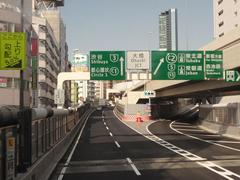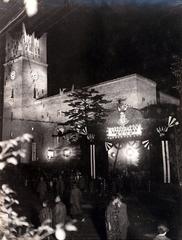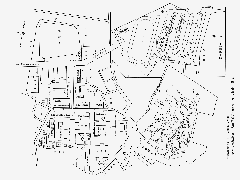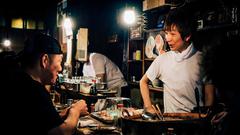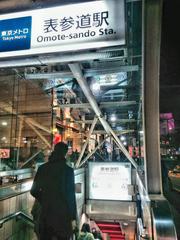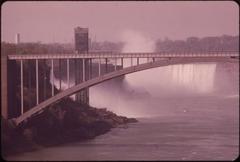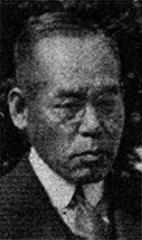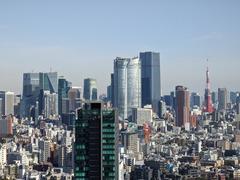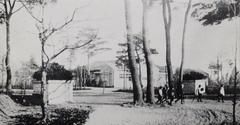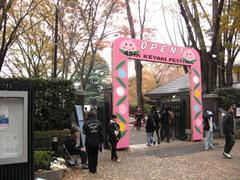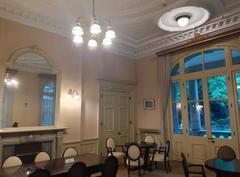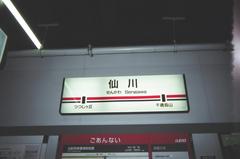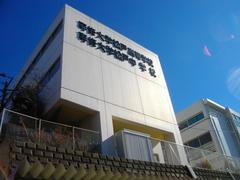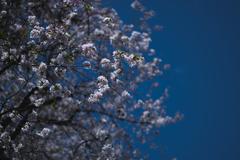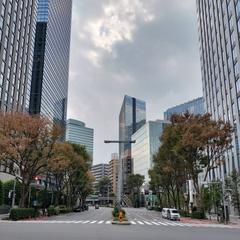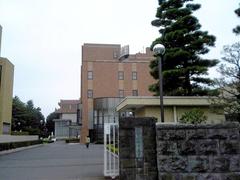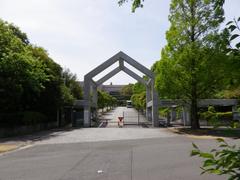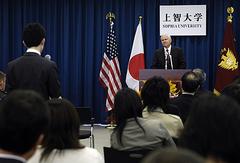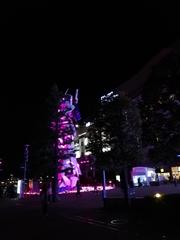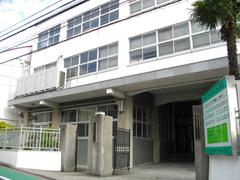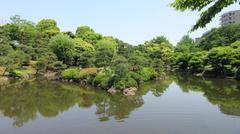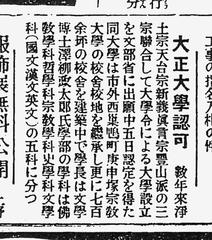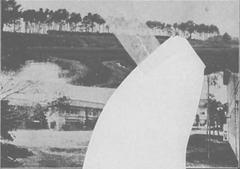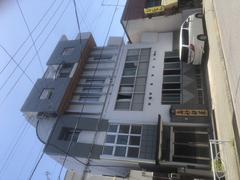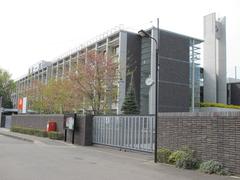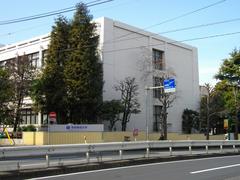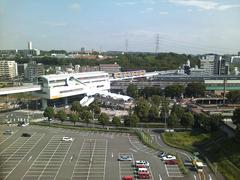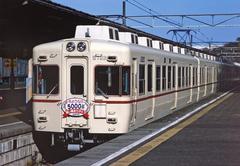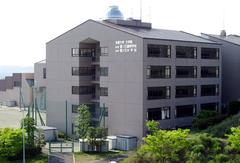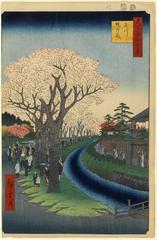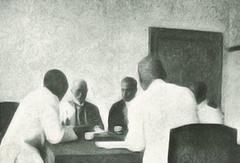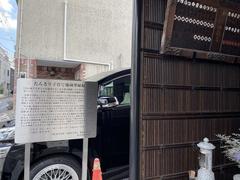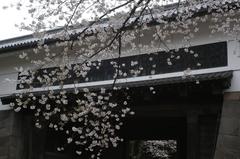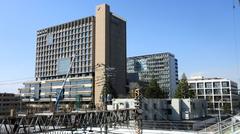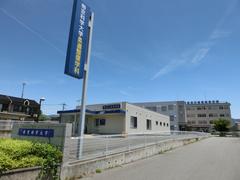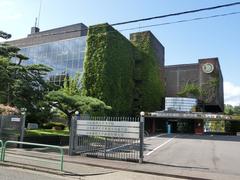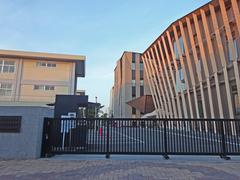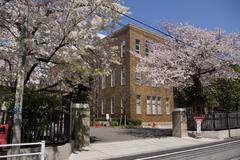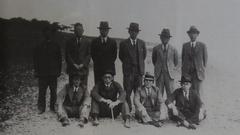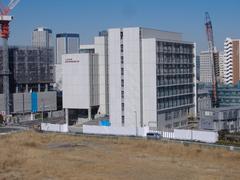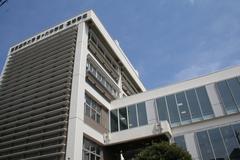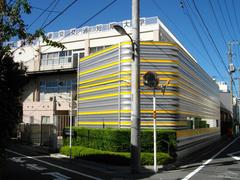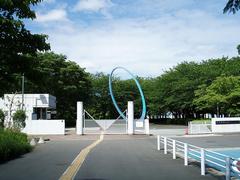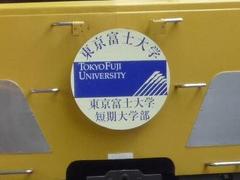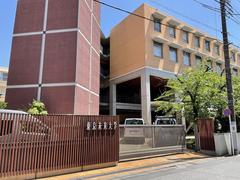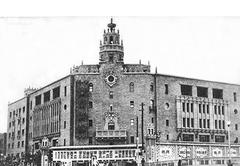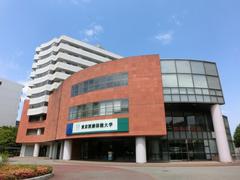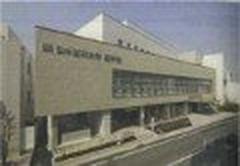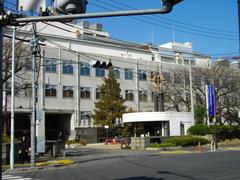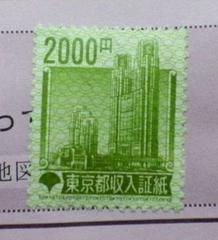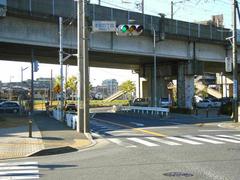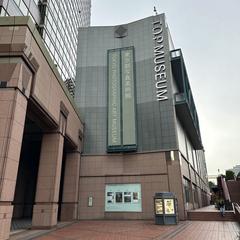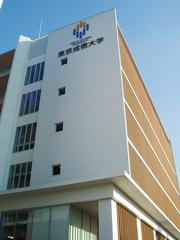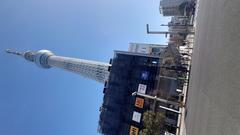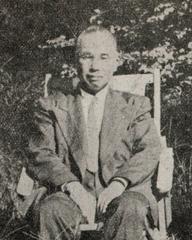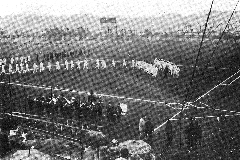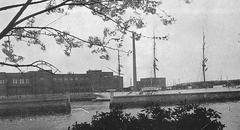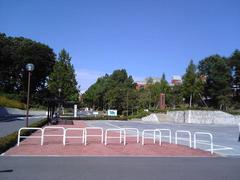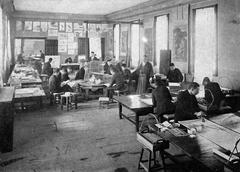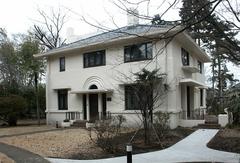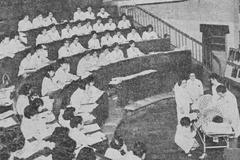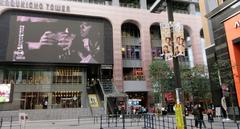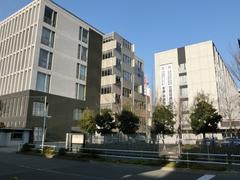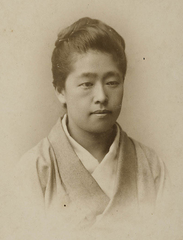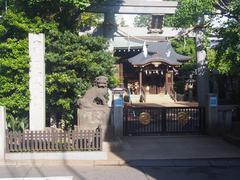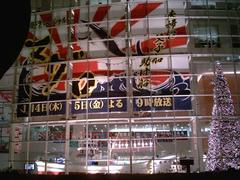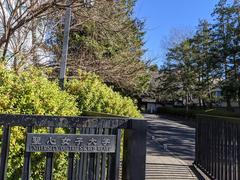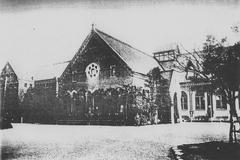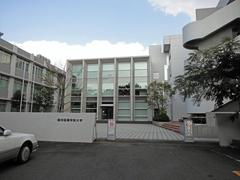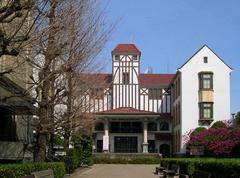
Guide to Visiting Kabuki-Za Tokyo Japan
Date: 16/08/2024
Introduction
Kabuki-za Theater, located in the vibrant Ginza district of Tokyo, stands as a monument to traditional Japanese kabuki drama. Since its opening in 1889, the theater has undergone numerous reconstructions and renovations, making it a resilient symbol of Japan’s rich cultural heritage. The Kabuki-za is not only a venue for captivating performances but also an architectural marvel that seamlessly blends historical and modern elements. As a UNESCO Intangible Cultural Heritage site, Kabuki-za continues to play a pivotal role in preserving and promoting the ancient art of kabuki, attracting both locals and tourists alike. Visitors to Kabuki-za can expect an immersive experience that includes dynamic performances, elaborate costumes, and the unique use of male actors in female roles, known as onnagata (Wikipedia, Kabukiweb, Japan Manifest). This guide aims to provide comprehensive information on the theater’s history, visitor tips, and cultural significance, ensuring an unforgettable visit to one of Tokyo’s most iconic cultural landmarks.
Table of Contents
- Origins and Early Years
- Architectural Evolution
- Destruction and Reconstruction
- Modern Era and Cultural Significance
- Performances and Programs
- Visitor Information
- Booking Tickets
- Understanding the Performance
- Timing Your Visit
- Arriving at the Theater
- Dining and Refreshments
- Dress Code and Etiquette
- Enhancing Your Experience
- Accessibility and Facilities
- Souvenirs and Memorabilia
- Guided Tours
- Budget-Friendly Tips
- Cultural Significance and History
- Nearby Attractions and Travel Tips
- FAQ
Exploring Kabuki-za: History, Visitor Tips, and Cultural Significance in Tokyo
Origins and Early Years
The Kabuki-za Theatre, located in the Ginza district of Tokyo, is the principal venue for the traditional Japanese kabuki drama. The theatre was originally opened in 1889 by Fukuchi Gen’ichirō, a Meiji-era journalist and playwright. Fukuchi was instrumental in writing kabuki dramas that featured prominent actors such as Ichikawa Danjūrō IX. Upon Danjūrō’s death in 1903, Fukuchi retired from managing the theatre, and the Shochiku Corporation took over in 1914 (Wikipedia).
Architectural Evolution
The original Kabuki-za was a wooden structure built on land that had previously been the Tokyo residence of either the Hosokawa clan of Kumamoto or the Matsudaira clan of Izu (Wikipedia). The building was designed in a Western style on the exterior but featured traditional Japanese cypress woodwork on the interior. This blend of styles was intended to symbolize the fusion of Western and Japanese cultures during the Meiji era (Kabukiweb).
Destruction and Reconstruction
The Kabuki-za Theatre has faced numerous challenges throughout its history. The original building was destroyed by an electrical fire on October 30, 1921. Reconstruction efforts were underway when the Great Kantō Earthquake of 1923 struck, completely destroying the wooden interior and halting the rebuilding process (Nippon). The theatre was eventually rebuilt in 1924 in a baroque Japanese revivalist style, meant to evoke the architectural details of Japanese castles and pre-Edo period temples (Wikipedia).
During World War II, the Kabuki-za was again severely damaged, this time by air raids in 1945 that demolished the main roof. The theatre was rebuilt in 1950, but concerns over its ability to withstand earthquakes led to another demolition in 2010. The current structure, which opened on April 2, 2013, was designed by architect Kengo Kuma and retains the traditional facade while incorporating modern safety features (Tokyo Tourists).
Modern Era and Cultural Significance
The Kabuki-za Theatre has continuously staged both classic and new kabuki productions, reflecting each new epoch. The theatre’s history is closely tied to the evolution of modern Japanese drama, making it a cultural landmark. The present Kabuki-za, the fifth reconstruction, remains a vibrant cultural spot that attracts both kabuki enthusiasts and tourists (Kabukiweb).
Performances and Programs
Performances at Kabuki-za are exclusively run by Shochiku, with the Kabuki-za Theatrical Corporation being the largest shareholder. The theatre hosts nearly daily performances, with tickets available for individual acts as well as entire plays. Programs are organized monthly, with a different set of plays and dances for afternoon and evening shows. These programs are repeated daily for three to four weeks before a new set is introduced (Wikipedia).
Visitor Information
Visiting Hours
Kabuki-za is open daily, with performances typically starting in the afternoon and evening. Exact hours can vary, so it is advisable to check the official website for the most current schedule.
Ticket Prices
Ticket prices vary depending on the seating choice. Premium seats close to the stage can cost up to ¥20,000 (approximately $185 USD), while single-act tickets provide a more economical option.
Booking Tickets
To ensure a smooth experience at Kabuki-Za, it is advisable to book tickets in advance. Tickets can be purchased online through the official Kabuki website, which offers an English interface for international visitors. Ticket prices range from 4,000 yen to 20,000 yen, depending on the seat type and the performance. For those with limited time, Kabuki-Za also offers single-act tickets, which can be bought on the spot, providing an economical and time-efficient way to experience Kabuki.
Understanding the Performance
Kabuki performances are rich in cultural and historical context, making it beneficial to familiarize yourself with the storyline beforehand. Program guides are available for purchase at the theater, and some performances offer English audio guides and captions for an additional fee. This preparation allows you to focus more on the visual and auditory elements of the performance rather than trying to follow the plot. For first-timers, it is recommended to watch one of the three famous Kabuki masterpieces: “Sugawara Denju Tenarai Kagami,” “Kanadehon Chushingura,” or “Yoshitsune Senbon Zakura.” These plays are well-documented online, making it easier to understand their basic storylines (Tsunagu Japan).
Timing Your Visit
Kabuki-Za holds performances nearly every month, but the best times to watch Kabuki are at the end of the year and in early spring. These periods are traditional for Kabuki viewing in Japan. If you are visiting during these times, make sure to arrange a day to experience this classical performing art. For year-end performances, the Minamiza Theatre in Kyoto is also a great option, offering a grand show with all actors on stage (Tsunagu Japan).
Arriving at the Theater
Kabuki-Za is located in the bustling Ginza district of Tokyo, easily accessible by public transportation. The nearest subway station is Higashi-Ginza Station, which is directly connected to the theater. Arriving early is recommended to avoid the rush and to have ample time to explore the theater’s surroundings and amenities.
Dining and Refreshments
Kabuki performances are divided into morning and evening segments, each lasting up to four hours with intermissions in between. Dining is allowed during these breaks, and Kabuki-Za offers exquisite Kabuki bento boxes at the counter downstairs. These bento boxes can be enjoyed in your seat, providing a convenient and traditional dining experience. Outside the theater, Kabuki-Za-exclusive taiyaki (fish-shaped cake with red bean filling) and ice cream are sold, often paired with hot tea or coffee (Tsunagu Japan).
Dress Code and Etiquette
While there is no strict dress code for attending a Kabuki performance, it is advisable to dress smart-casual. Traditional Japanese attire, such as kimonos, is also welcomed and adds to the cultural experience. During the performance, it is important to remain quiet and attentive. Applause is generally reserved for the end of each act, although it is common for fans to shout the celebrity actor’s yago (family stage name) during climactic moments.
Enhancing Your Experience
To fully appreciate the unique aesthetics of Kabuki, pay attention to the hayashi (a group of musical performers) and the shamisen (three-stringed musical instrument) players, who often provide live narration and sound effects. The hanamichi (flower path) is another distinctive feature of Kabuki stages, allowing actors to make dramatic entrances and exits through the audience. Understanding these elements can significantly enhance your viewing experience (Tsunagu Japan).
Accessibility and Facilities
Kabuki-Za is equipped with facilities to accommodate visitors with disabilities. Wheelchair-accessible seating is available, and the theater staff is trained to assist guests with special needs. English-speaking staff members are also present to help international visitors. Additionally, the theater offers rental devices for English subtitles, making the performances more accessible to non-Japanese speakers (Tokyo Kabuki Guide).
Souvenirs and Memorabilia
The Kabuki-Za Gallery, located within the theater, is a small museum displaying props and costumes used in Kabuki performances. It also features short movies about Kabuki, and photography is permitted. This gallery is an excellent place to purchase souvenirs and memorabilia, including program guides, DVDs, and traditional Japanese crafts. Even if you do not have time to watch a full performance, the gallery offers a condensed yet enriching Kabuki experience (Tokyo Kabuki Guide).
Guided Tours
For a more in-depth understanding of Kabuki, consider joining a guided tour. These tours often include a pre-performance lecture, providing background information about the play, actors, and Kabuki history. Some tours also offer visual presentations and handouts to enhance your understanding. Guided tours can be booked in advance, and they often include tickets to the performance, making it a convenient option for first-time visitors (Tokyo Kabuki Guide).
Budget-Friendly Tips
If you are traveling on a budget, consider visiting Kabuki-Za during the quieter months from November to late February. During this period, airfares and hotel rates in Tokyo drop significantly, and the city is less crowded. This makes it easier to enjoy Tokyo’s attractions, including Kabuki-Za, without the usual hustle and bustle. Additionally, single-act tickets offer a more affordable way to experience Kabuki without committing to a full performance (Nomad Footsteps).
Cultural Significance and History
Kabuki-Za is more than just a theater; it is a cultural landmark that embodies the essence of traditional Japanese performing arts. Kabuki, which originated in the early 17th century, is known for its stylized drama and the elaborate make-up worn by its performers. The theater itself has undergone several reconstructions, the latest being in 2013, preserving its historical architecture while incorporating modern amenities. Visiting Kabuki-Za offers a glimpse into Japan’s rich cultural heritage and provides an immersive experience in one of the country’s most celebrated art forms.
Nearby Attractions and Travel Tips
While visiting Kabuki-Za, take the opportunity to explore the surrounding Ginza district, renowned for its upscale shopping, dining, and entertainment options. Notable nearby attractions include the Mitsukoshi Department Store, the Ginza Six shopping complex, and the historical Tsukiji Fish Market. For those interested in more cultural experiences, the Hama-rikyu Gardens and the Tokyo Imperial Palace are also within a short distance.
FAQ
Q: What are the Kabuki-Za visiting hours?
A: Kabuki-Za performances typically start in the morning and afternoon, with specific timings varying by season and performance schedule. It is best to check the official Kabuki website for the most up-to-date information.
Q: How much are Kabuki-Za tickets?
A: Ticket prices for Kabuki-Za range from 4,000 yen to 20,000 yen, depending on the seat type and performance. Single-act tickets are also available for a more budget-friendly option.
Q: Is there a dress code for Kabuki-Za?
A: There is no strict dress code, but smart-casual attire is recommended. Traditional Japanese attire, such as kimonos, is also welcomed.
Q: Are there English guides available at Kabuki-Za?
A: Yes, English audio guides and captions are available for an additional fee. Some performances also offer program guides in English.
By following these tips, you can ensure a memorable and enriching experience at Kabuki-Za, immersing yourself in one of Japan’s most iconic cultural traditions. For more updates, download the Audiala mobile app or follow us on social media.
References
- Wikipedia. (n.d.). Kabuki-za. Retrieved from Wikipedia
- Kabukiweb. (n.d.). History of Kabuki-za Theatre. Retrieved from Kabukiweb
- Japan Manifest. (n.d.). Kabuki-za Theater. Retrieved from Japan Manifest
- Live Japan. (n.d.). Kabuki-za Theater. Retrieved from Live Japan
- Tsunagu Japan. (n.d.). Kabuki Theater Guide. Retrieved from Tsunagu Japan
